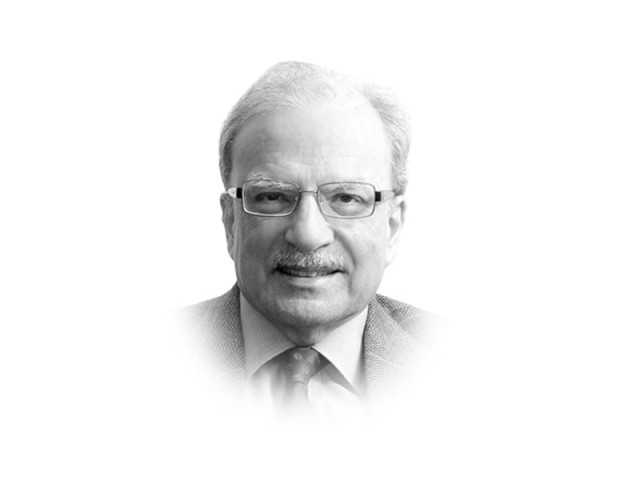Punjab’s economic importance
Much of what happens to the Pakistani economy in the future will be determined by what happens in its provinces.

Punjab’s economic importance
Under the Eighteenth Amendment of the Constitution, provinces have been given a much greater say in their development. How they should make use of the opportunities now being offered in order to improve the lives of their citizens will depend not only on the quality of governance that democracy produces for them but also on their demographic and economic situation. In a country as large as Pakistan, the provinces have different economic potentials that need to be understood by policymakers.
According to recent estimates, Punjab’s population is approaching the 100 million mark. The current size of the population is more than five times what it was in 1947 when the province became a part of Pakistan. Punjab then had a population of 18 million of which only two million lived in urban areas. Its urban population is now just a bit less than 50 million, three times the size of the province’s total population at the time of Pakistan’s birth.
This demographic transition has had several consequences but the most important consequence for the province’s future is the median age of its population, which is 22 years. This means that about 50 million of the people are at or below that age. By providing its youth with education and appropriate skills, the province could ensure a better economic future for itself. Ignoring the development of this cohort would mean political and social instability. Any program for provincial betterment must, therefore, focus on educating the young and providing them with modern skills.
Over the last 65 years, Punjab’s economy has done better than the average for Pakistan. For the final quarter of the 20th century, the provincial product grew at a rate of 0.1 per cent more than the national average; 5.1 per cent a year compared to five per cent for Pakistan as a whole. The annual report launched a few weeks ago by the Lahore-based Institute of Public Policy has an interesting finding about the relative rates of economic growth for Pakistan taken as whole and for the province of Punjab. The province does much better than the country when the economy is moving at a sluggish pace. For instance, in the relatively sluggish 1990s, when the national product increased at a rate of 4.4 per cent a year, Punjab’s gross income increased at a rate of 4.8 per cent. It was the reverse in the more rapid growth period of the 1980s. Then, the Punjab economy expanded at a rate 0.1 per cent a year less than the national average; six per cent versus 6.1 per cent. The reason for this behaviour of the provincial economy is the smaller share in manufacturing which is usually the sector that does better when the economy is growing rapidly. Its share in agriculture is larger than the national average. Agriculture has fewer ups and downs in growth rates.
There is an important change taking place in the structure of Punjab’s agriculture sector. The share of crops in the provincial product has declined in recent years, from 52.9 per cent in 1999-2000 to 46.8 per cent in 2010-11 due to a significant increase in the share of livestock in the agricultural economy. The share increased by as much as 7.5 percentage points; from 44.2 per cent to 51.7 per cent in the same period. One reason for this is that province is running out of land available for the production of such land-intensive crops as sugar cane and cotton while animals can be managed in fairly constricted space.
The structure of the manufacturing sector in the province is also different from that in the rest of Pakistan. While Punjab’s share in large scale manufacturing has declined by more than a percentage point in the last one decade, from 40.3 per cent in 1999-2000 to 39.2 per cent, the share of small scale manufacturing has increased to 70 per cent. It is in this part of the manufacturing sector that Punjab has a clear comparative advantage.
The structure of the provincial economy and the recent changes within it make it clear that the province must adopt a growth strategy that will be significantly different from the one that would make sense for other parts of Pakistan. What the design of such a policy should be will be taken up in a later article. Next week, however, I will look at the differences among the various regions of the province. These differences must also inform the making of economic public policy.
Published in The Express Tribune, May 14th, 2012.
















COMMENTS
Comments are moderated and generally will be posted if they are on-topic and not abusive.
For more information, please see our Comments FAQ